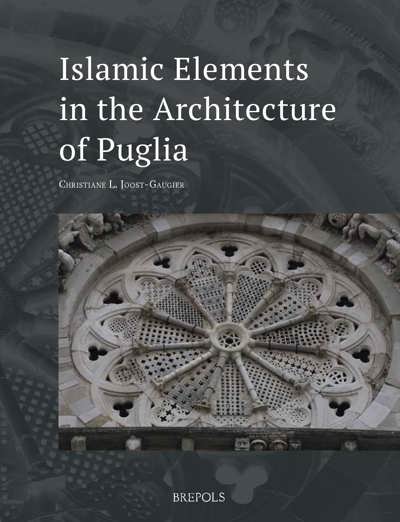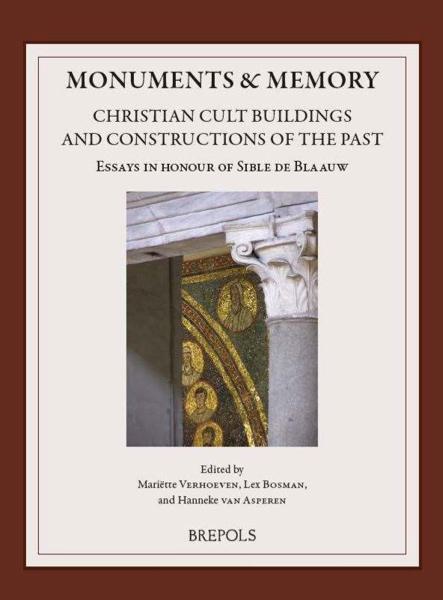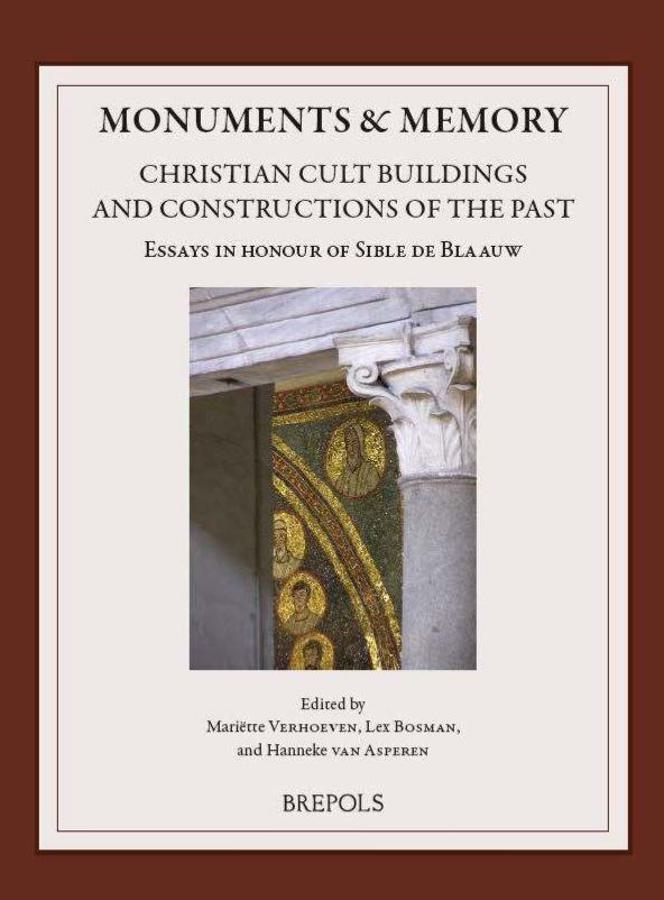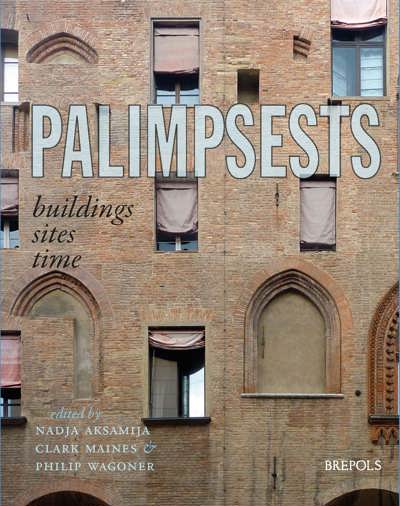
Monuments & Memory: Christian Cult Buildings and Constructions of the Past
Essays in honour of Sible de Blaauw
Mariëtte Verhoeven, Lex Bosman, Hanneke van Asperen (eds)
- Pages: 405 p.
- Size:220 x 280 mm
- Illustrations:125 b/w, 16 col.
- Language(s):English, German
- Publication Year:2016
- € 120,00 EXCL. VAT RETAIL PRICE
- ISBN: 978-2-503-56973-4
- Paperback
- Available
- ISBN: 978-2-503-58001-2
- E-book
- Available
Essays on the memorial potential of Christian buildings, of their location, or of the accoutrement, whether or not still in situ, with a special attention to Rome’s churches.
This volume honours Sible de Blaauw on the occasion of his re- tirement from Radboud University. It is above all a tribute to an influential and respected voice in the field of early Christian art and ar- chitecture. Thirty-one authors have sought to provide their own unique answer to the question of how Christian cult buildings have played a role in cultural memory in different periods and in various geographical and cultural contexts. From its very onset, this publication was envi- sioned as a parallel to De Blaauw’s own research interests: Rome and its monuments, early Christianity, Christian religious heritage, liturg y and architecture, continuity of tradition, and memory. The contributions have been arranged according to three sections: Monuments – Places – Decoration & Liturgical Furnishing. Every essay addresses the memorial potential of Christian buildings, of their location, or of the accoutre- ment, whether or not still in situ. Not surprisingly, Rome re-appears frequently in all sections, with Rome’s churches receiving special atten- tion. Together the essays cover a period from Late Antiquity to modern times, from Helena to Gerhard Richter, from late antique poets to a Ravennesque mosaic in the 1930s. Thus, this volume assumes the di- achronic nature that characterizes De Blaauw’s own scholarship. The leitmotifs of Christian cult and material and immaterial constructions of the past tie together the sections as well as the book as a whole. Nev- ertheless, the main binding element between the essays is their authors’ fondness and appreciation of Sible de Blaauw.
MONUMENTS
Nathalie de Haan and Olivier Hekster
‘In Hoc Signo Vinces’. The Various Victories Commemorated Through the ‘Labarum’
Raphael G. R. Hunsucker and Evelien J. J. Roels
Eine vergessene Erinnerung an das byzantinische Rom. Neudeutung und Rezeptionsgeschichte einer Grabinschrift aus dem 7. Jahrhundert in der S. Cecilia in Trastevere
Lex Bosman
S. Giovanni in Laterano and Medieval Architecture. The Significance of Architectural Quotations
Peter Cornelius Claussen
Nikolaus IV. als Erneuerer von S. Giovanni in Laterano und S. Maria Maggiore in Rom
Nine Miedema and Daniëlle Slootjes
Visiting a ‘House of the Saints’. S. Prassede in Rome
Hanneke van Asperen
‘And They Were Always in the Temple’. The Pilgrims’ Experience at S. Maria Rotonda
Bianca Kühnel
Jerusalem in Aachen
Mariëtte Verhoeven
Appropriation and Architecture. Mary Magdalene in Vézelay
Isabel Kimmelfield
Remembering the Lost Palace. Explaining and Engaging with the Absence of Constantinople’s Great Palace
Dafne Oosten
The Mausoleum of Helena and the Adjoining Basilica ‘Ad Duas Lauros’. Construction, Evolution and Reception
PLACES
Jan Willem Drijvers
Helena Augusta and the City of Rome
Roald Dijkstra
Epic Architecture. Architectural Terminology and the Cities of Bethlehem and Jerusalem in the Epics of Juvencus and Proba
Ralph Behrwald
Senatoren als Stifter der Kirche im spätantiken Rom
Beat Brenk
Martyrien und Reliquien ‘intra’ and ‘extra muros’ im 4. und 5. Jahrhundert
Paolo Liverani
The Memory of the Bishop in Early Christian Basilicas
Daniela Mondini
‚Drehmomente‘. Orientierungswechsel christlicher Kultbauten im mittelalterlichen Rom
Peter Rietbergen
Sacralizing the Palace, Sacralizing the King. Sanctuaries and/in Royal Residences in Medieval Europe
Ingo Herklotz
Fragen an Rom aus dem Umfeld der bayrischen Jesuiten. Jakob Rabus’ ‚Bedenckhspunkte‘ von 1575
Anhang: Jakob Rabus, Bedenckhspunkte
DECORATION AND LITURGICAL FURNISHING
Herbert L. Kessler
The Twelfth-Century Frescoes ‘Iuxta Scala Que Ascendit in Patriarchio’
Bram Kempers
Clergy and Laity Viewing Both Sides of Painted Altarpieces in Rome, Siena, San Sepolcro and Perugia
Bram de Klerck
St Jerome and a Church Model. The Altarpiece of the Brotherhood of the Immaculate Conception in Bergamo
Jos Koldeweij
Jerusalem and Other Holy Places as Represented by Jheronimus Bosch
Willy Piron
The Choir Stalls of St Martin in Emmerich. History of a Battered Ensemble
Christel Theunissen
The Tree of Charlemagne? Ecclesiastical and Secular Rulers on Late Medieval Choir Stalls
Justin E. A. Kroesen
Persisting Patterns. Aspects of Continuity in Dutch Church Interiors through the Calvinist Reformation
Nicola M. Camerlenghi
Liturgical Revolution at the Basilica of S. Paolo Fuori le Mura (1560–1610)
Dale Kinney
Managed Memory in S. Maria in Trastevere
Arnold Witte
Lost Frescoes, a Forgotten Saint and a Rediscovered Play. S. Magno in Cittaducale
Jean-Pierre van Rijen
The Servatius Chalice in St Servatius Church and Its ‘Replica’. Comments on the Origins
Lieske Tibbe
From Ravenna to Enschede. A Glass Mosaic of 1933
Wouter Weijers
A Strange Lostness That Is Palpably Present. On Gerhard Richter’s ‘Cologne Cathedral Window’




